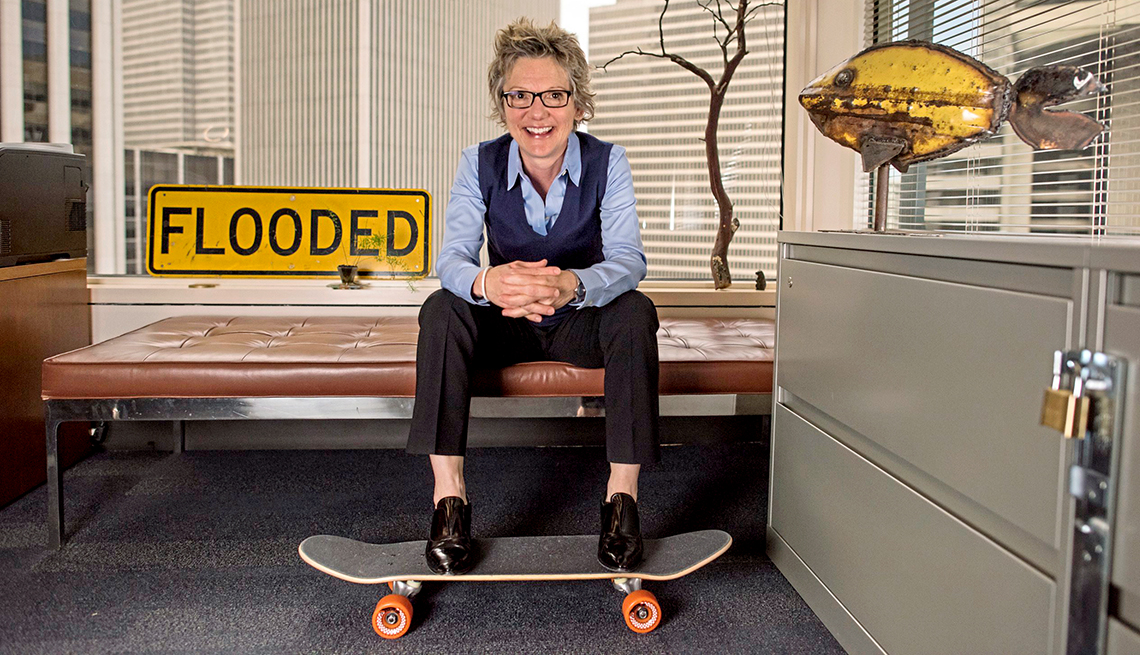
Outlook on inflation and what’s next
- Select a language for the TTS:
- UK English Female
- UK English Male
- US English Female
- US English Male
- Australian Female
- Australian Male
- Language selected: (auto detect) - EN
Play all audios:
And then I’m also looking at how well our interest rate increases can bridle back some of this demand and help us get the labor market, and the demand and supply, back into balance. And the
final thing I’m looking for is, do workers come back? We lost 4 million workers who worked before the pandemic and haven’t come back yet. And we need those workers. HOW DOES INFLATION AFFECT
OLDER PEOPLE DIFFERENTLY? Older Americans are more likely to be on a fixed income, where they have a set amount of resources that they intend to spend down over the rest of their lives.
Inflation can eat away at the fixed income you have. Now one of the offsets that we’ve always had in the United States is that Social Security gets a cost-of-living adjustment that tries to
help older Americans who rely on Social Security as their main source of income, so that they don’t fall behind when inflation hits. But even with those adjustments, people are paying more
this month than they paid last month, and that’s hard. THE FED IS RAISING SHORT-TERM INTEREST RATES. WHAT IS GOING TO BE THE IMMEDIATE EFFECT OF THAT? This should directly affect deposit
rates for savings accounts in banks. Now, by how much and exactly when, it’s not always clear. The other thing you’ll start to see happening is that the economy will slow down a bit, and six
months, eight months from now, we’ll start to see the effects on the inflation rate. And if we don’t see the effects on inflation starting to percolate through, then we would make more
adjustments to the interest rate to ensure that it does happen. WHAT WILL BE THE DAY-TO-DAY SIGNS THAT THIS STRATEGY IS WORKING — THAT THE ECONOMY IS SLOWING DOWN AND INFLATION IS EASING UP?
Older Americans see that their children can’t live in the neighborhood that they they grew up in because they’re priced out. So when we see the economy slow down, we’ll see the housing
market get more in balance with the economy. And if that happens, people have more ability to choose a place to live that they want. And another place where you’re likely to see this is when
the labor market recovers. Because you should also find that when you go to dinner, you’re not waiting in a long line, and the prices aren’t rising because they tell you that they have
COVID-related staffing disruptions. It won’t be some big thing where you say, “OK, there I see it.” It’ll be a lot of little adjustments throughout the economy. ABOUT THOSE 4 MILLION
AMERICANS WHO LEFT THE LABOR FORCE: MANY OF THEM ARE OLDER WORKERS WHO DECIDED TO RETIRE. DO YOU EXPECT THEM TO COME BACK?